
High-Altitude Rockets, Satellites, And Spacecraft: The Early History Of The Space Race
- By
- November 29, 2020
- September 29, 2021
- 18 min read
- Expert Opinion
- 1
- Posted in
- Space, History
While today in our contemporary era there is much more corroboration in humanity’s desire to reach ever further into the far reaches of space, for a large part of the twentieth century there was very much a race to the stars involving the United States on one side and the Soviet Union on the other. Indeed, the Space Race was, in reality, another arm of the Cold War that dominated this same period.
 Indeed, it is perhaps intriguing in itself that out of this ideological stand-off came the desire on both sides of the divide to out-do the other, came some of the greatest advancements in human history. It is perhaps safe to say that the Space Race was very much one of the main battlegrounds of the Cold War that would dominate ...
Indeed, it is perhaps intriguing in itself that out of this ideological stand-off came the desire on both sides of the divide to out-do the other, came some of the greatest advancements in human history. It is perhaps safe to say that the Space Race was very much one of the main battlegrounds of the Cold War that would dominate ...
Fact Checking/Disclaimer
The stories, accounts, and discussions in this article may go against currently accepted science and common beliefs. The details included in the article are based on the reports, accounts and documentation available as provided by witnesses and publications - sources/references are published above.
We do not aim to prove nor disprove any of the theories, cases, or reports. You should read this article with an open mind and come to a conclusion yourself. Our motto always is, "you make up your own mind". Read more about how we fact-check content here.
Copyright & Republishing Policy
The entire article and the contents within are published by, wholly-owned and copyright of UFO Insight. The author does not own the rights to this content.
You may republish short quotes from this article with a reference back to the original UFO Insight article here as the source. You may not republish the article in its entirety.
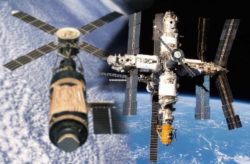
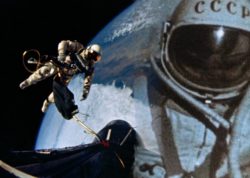
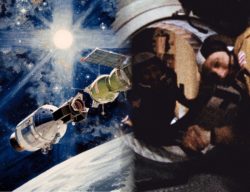
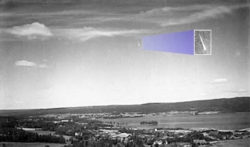
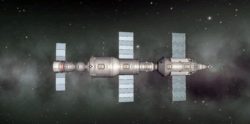

1 Comment
UFO Insight does not take responsibility for the content of the comments below. We take care of filtering profanity as much as we can. The opinions and discussion in the comments below are not the views of UFO Insight, they are the views of the individual posting the comment.
Newest comments appear first, oldest at the bottom. Post a new comment!
The 1965 Kecksburg case was a GE Mark 2 re-entry vehicle used to spy on Russia. Google our research paper.